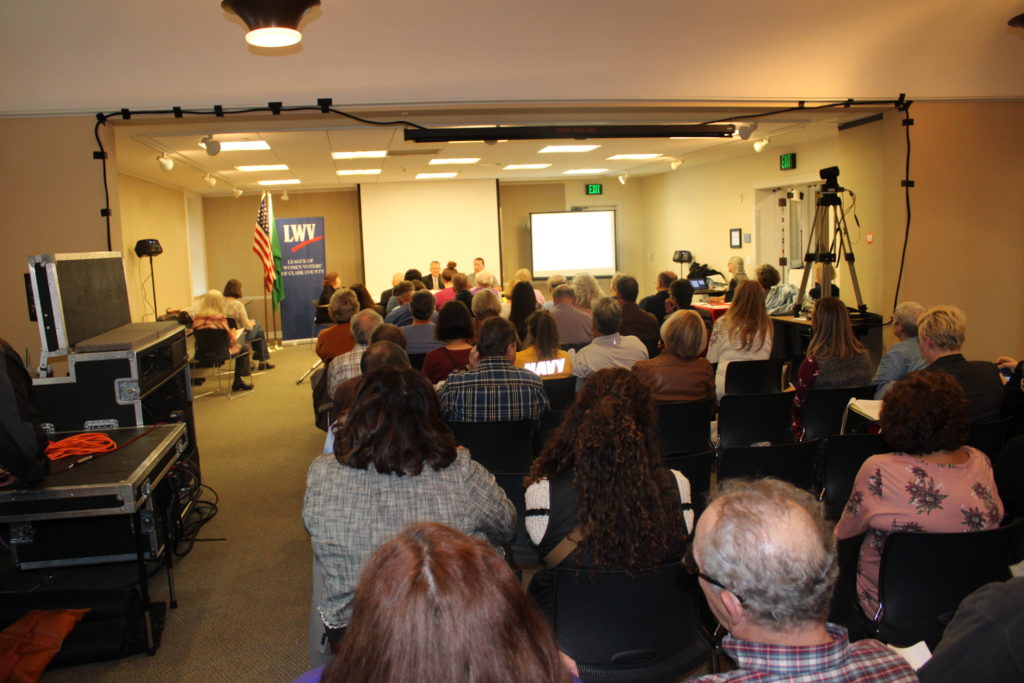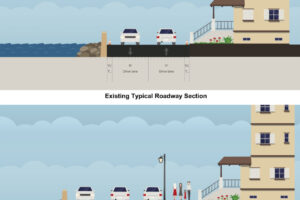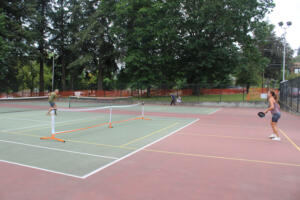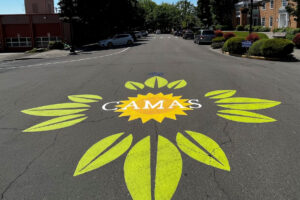Dozens of Camas-Washougal community members attended the League of Women Voters’ annual candidate forum last week to hear local candidates running for city council, school board, port commission and county council seats answer questions composed by League members.
Moderated by League member Jane Johnson and held Oct. 23 at the Camas Public Library, the event was one of three regional candidate forums hosted by the League in the run-up to the Nov. 5 general election.
The Oct. 23 forum featured Camas City Councilwoman Deanna Rusch and her challenger, Shannon Roberts; Washougal School Board candidates Jim Cooper and Bill Durgan; Port of Camas-Washougal Commissioner Bill Ward and his challenger, Cassi Marshall; as well as candidates running for Clark County Council and the Evergreen School District.
The League had also invited Washougal City Councilman Ray Kutch and his challenger, Denise Korhonen, to speak at the forum, but canceled the appearance after Korhonen declined to participate.
All of the participants had 60 to 90 seconds to answer questions they’d been given 30 minutes before speaking. Following are some of the answers from the candidates for Camas City Council, the Washougal School Board and the Port of Camas-Washougal Commission.




